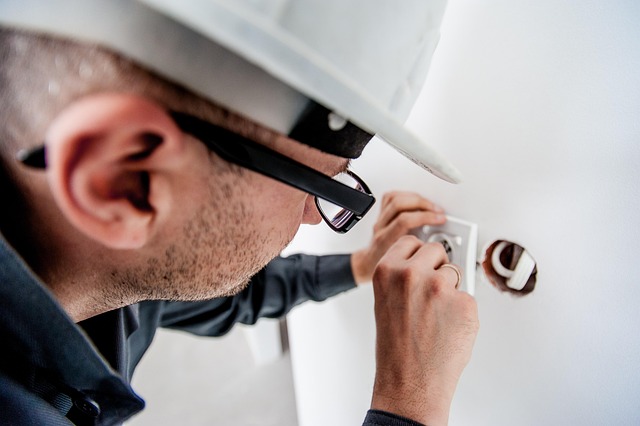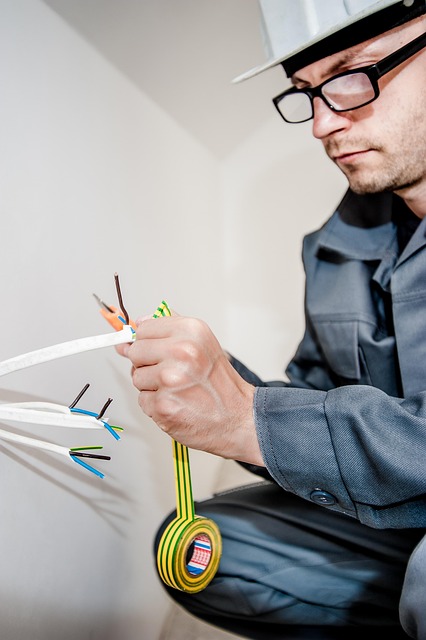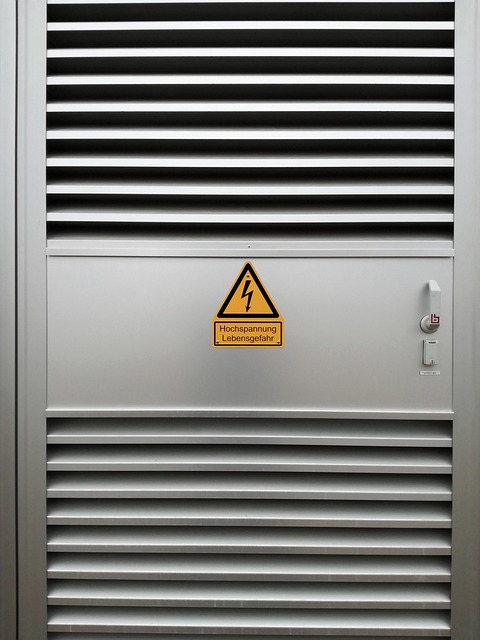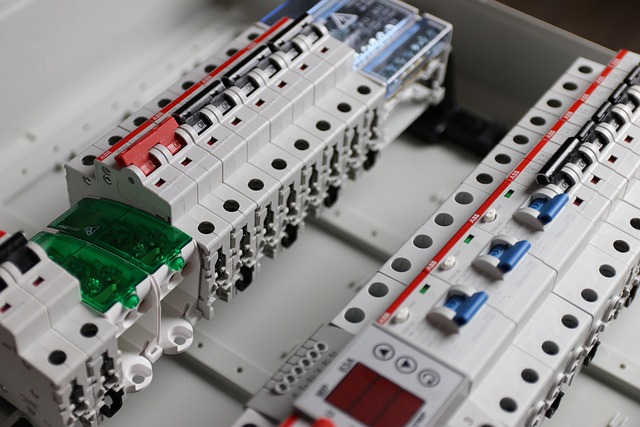An electrician's comprehensive understanding of existing electrical systems is vital before structural additions. They map wiring, assess components, and consider factors like circuit capacity and wire compatibility to safely integrate new installations. Engaging them early ensures code compliance, expert guidance, and minimal disruption. By selecting appropriate wiring techniques, blending old and new infrastructure, and adhering to safety protocols, electricians guarantee future-proofed systems with enhanced energy efficiency and reliable power supply.
When expanding or upgrading your home’s electrical system, a skilled electrician plays a pivotal role. This article guides you through the process of adding new structural wiring to existing systems, from understanding the intricacies of your current setup to ensuring safety during installation. We’ll explore crucial steps like planning new additions, selecting suitable wiring techniques, and seamlessly integrating old and new infrastructure. By following these expert tips, you can confidently enhance your property’s electrical capabilities.
- Understanding Existing Electrical Systems
- Planning New Structural Additions
- Selecting Appropriate Wiring Techniques
- Integrating New and Old Infrastructure
- Ensuring Safety During Installation
Understanding Existing Electrical Systems

Before an electrician embarks on adding new structural additions, a thorough understanding of the existing electrical system is paramount. This involves meticulously mapping out the current wiring layout, identifying components, and assessing their condition. Such knowledge ensures that any new installations are safely integrated, respecting the existing infrastructure while enhancing its capabilities where necessary.
For instance, an electrician might need to consider the capacity of circuit breakers, the calibre of wires, and compatibility with newer devices or energy-efficient systems. This process requires expertise and a keen eye for detail to avoid potential hazards and ensure the new additions seamlessly complement the existing electrical framework.
Planning New Structural Additions

When planning new structural additions to an existing electrical system, it’s paramount to engage a qualified electrician early in the process. An electrician can assess the current wiring and infrastructure to ensure it can support additional load and offer expert advice on potential upgrades or modifications. They play a crucial role in ensuring safety and efficiency by identifying any code violations or areas that might pose risks with the new additions.
This planning phase involves detailed discussions about the project’s scope, budget, and timelines. Electricians will consider factors like the type of new structures being added (e.g., garage, deck, or outbuilding), the energy demands these will place on the system, and how best to integrate them with minimal disruption to the existing electrical service. This meticulous approach guarantees a seamless transition and future-proofs the property’s electrical capabilities.
Selecting Appropriate Wiring Techniques

When integrating new structural additions into existing electrical systems, selecting the appropriate wiring techniques is paramount for both safety and functionality. A qualified electrician must assess the unique challenges posed by each project, considering factors like space constraints, load requirements, and compatibility with existing wiring. For instance, in tight quarters, specialized tools and methods may be needed to navigate around existing structures without compromising integrity or safety.
The right wiring techniques not only ensure a robust and reliable electrical system but also help prevent potential hazards. Using the correct wire types, connectors, and grounding mechanisms is crucial. An electrician will choose between different cable types based on factors like voltage rating, current-carrying capacity, and environmental conditions to guarantee optimal performance and longevity of the system.
Integrating New and Old Infrastructure

When an electrician wires new structural additions to existing electrical systems, they must masterfully integrate old and new infrastructure. This involves carefully assessing the current wiring and its capacity to support additional loads, while also ensuring compatibility with newer devices and technologies. Electricians use their expertise to navigate this balance, employing strategic planning and precise installation methods to maintain safety, efficiency, and the overall integrity of the electrical system.
The process demands a deep understanding of both traditional wiring practices and modern electrical standards. Electricians must be adept at making adjustments to accommodate new components while preserving the functionality and longevity of existing systems. This seamless integration is key to enhancing energy efficiency, preventing overloads, and ensuring the reliability of power supply in residential or commercial settings alike.
Ensuring Safety During Installation

When an electrician wires new structural additions to existing electrical systems, safety should never be overlooked. Before beginning any installation, it’s crucial for electricians to conduct thorough assessments of the current electrical setup and identify potential hazards. This includes checking for outdated wiring, overloaded circuits, and proper grounding systems. Using appropriate tools and following strict safety protocols during the entire process is essential to prevent accidents and ensure the well-being of both professionals and residents.
Electricians must also adhere to local building codes and regulations, ensuring that all new installations meet safety standards. This involves using certified materials, employing safe practices for cutting and installing wires, and properly labeling and securing circuits. Regular inspections at each stage of the project can help identify any issues early on, allowing for prompt corrections and minimizing risks associated with electrical work.
When integrating new structural additions with existing electrical systems, a qualified electrician plays a pivotal role. By understanding the current setup, planning meticulously, and selecting suitable wiring techniques, professionals can seamlessly blend old and new infrastructure. Safety should always be a top priority during installation, ensuring that the enhanced electrical capacity meets modern standards while preserving the integrity of the original system. With careful navigation through these steps, electricians can successfully accommodate growing demands without compromising safety or reliability.
